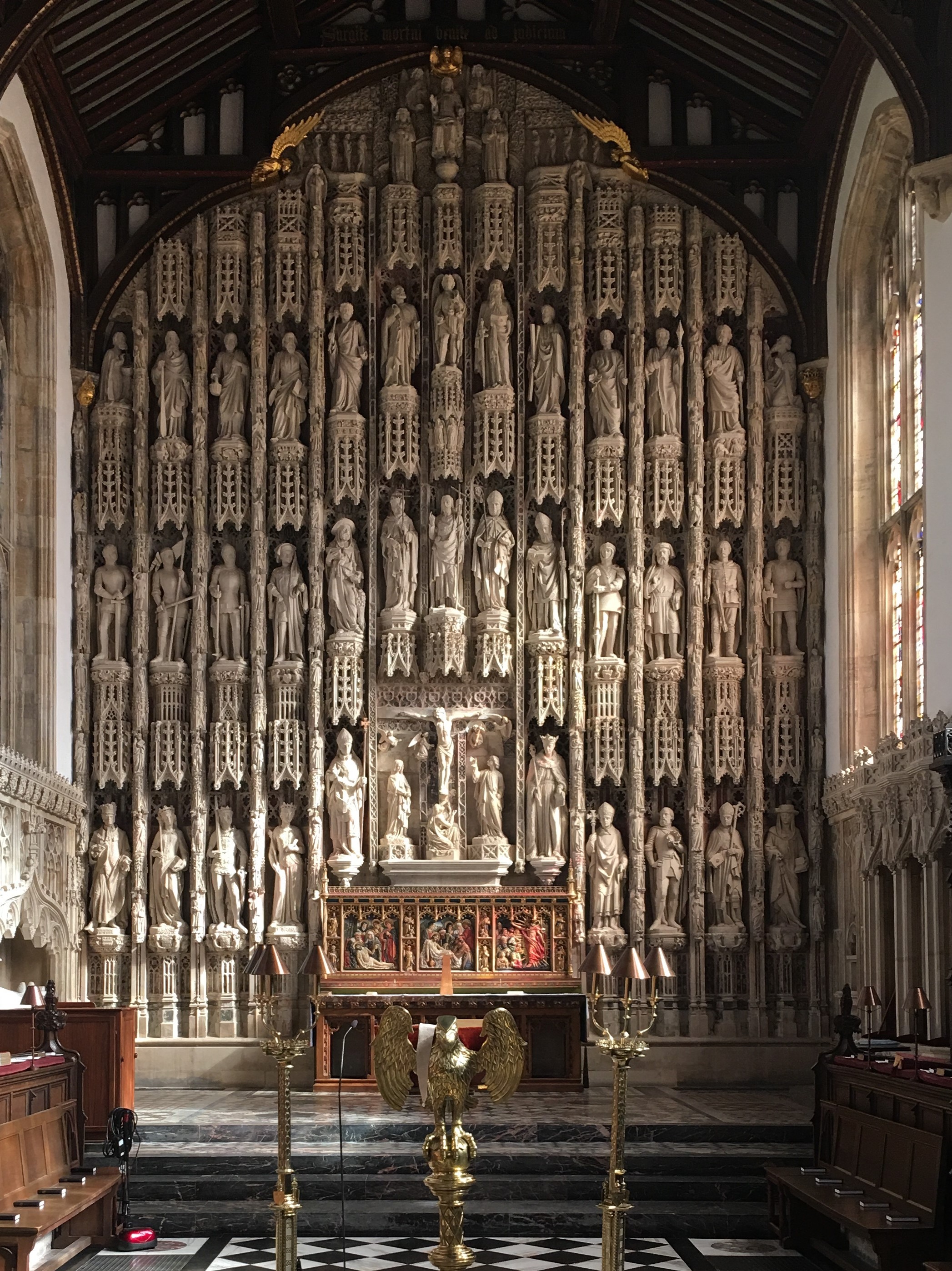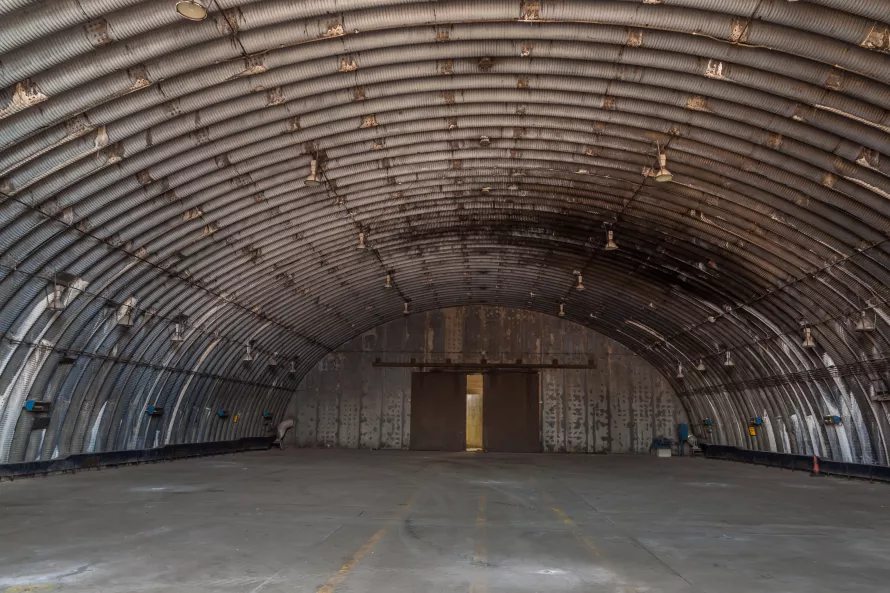Sometimes the sitework is entirely undertaken before the start of demolition. On other occasions it also includes a watching brief phase when further recording is carried out during the strip out or demolition to record previously obscured elements of the building.
Every project also includes some historical research, as a minimum a study of old maps available on the internet but usually also including a visit to the local record office or other archives.
The extent to which historic maps can greatly help in historic buildings work is perhaps one of the main differences with most conventional field archaeology. Frequently mid-19th century maps can show in some detail the former layout of a building complex being recorded and can explain puzzling features which are not explicable from the physical evidence.
Things like census data can help show the social status of the house, the number of servants and the trades of the occupants. In addition, census data can help ‘bring to life’ building reports (which can sometimes be somewhat unexciting) by providing the names of families who once lived in the buildings.
With building recording projects, (ie those undertaken to meet a planning condition) the reports are then lodged in the Historic Environment Record (HER) and a project archive is lodged with an agreed museum or archiving body (eg ADS).

The career of a Buildings Archaeologist is certainly varied and often interesting or fun. It can involve visiting Grade I listed palaces or country houses but sometimes the most exciting sites are derelict buildings with peeling paint and ivy poking through windows. Ruined buildings can have a romance or sense of excitement that can be lost when or if the building is subsequently converted. It is often the hidden areas of buildings which are the most interesting, areas which are not intended to be seen such as roof spaces with witch’s marks or graffiti to the trusses.
Visting some buildings can be truly awe inspiring and memorable, particularly industrial structures such as derelict railway sheds, vast erecting workshops or the interiors of gasholders. Other buildings such as former prisons can be unnerving while former hospitals or asylums can be deeply moving. Air raid shelters or pillboxes can also be poignant, particularly if they retain any graffiti.
The artefacts that are sometimes found always provide a small glimpse into the lives of the people who lived there or worked there, even when they only date to the 1970s or 1980s. One of the more unusual artefacts found and recorded was a sausage found high up a wall at Stowe School, stuck on top of a section of coving and presumably thrown by a school pupil.
Paint stratigraphies or layers of wallpaper (sometimes many layers deep) can highlight changing decorative tastes and give a tangible illustration of the passage of time. It can be striking to realise that a room which today has plain white walls used to be painted a dark brown colour or had heavy decorative wallpaper.
One of the exciting things about working in buildings archaeology is the huge variety of projects that we work on, from castles and churches to factories and army barracks. And sites that show us the everyday lives of normal people, like farmhouses and old pubs. In upcoming posts we will be discussing some of our favourite examples of these in more detail.



